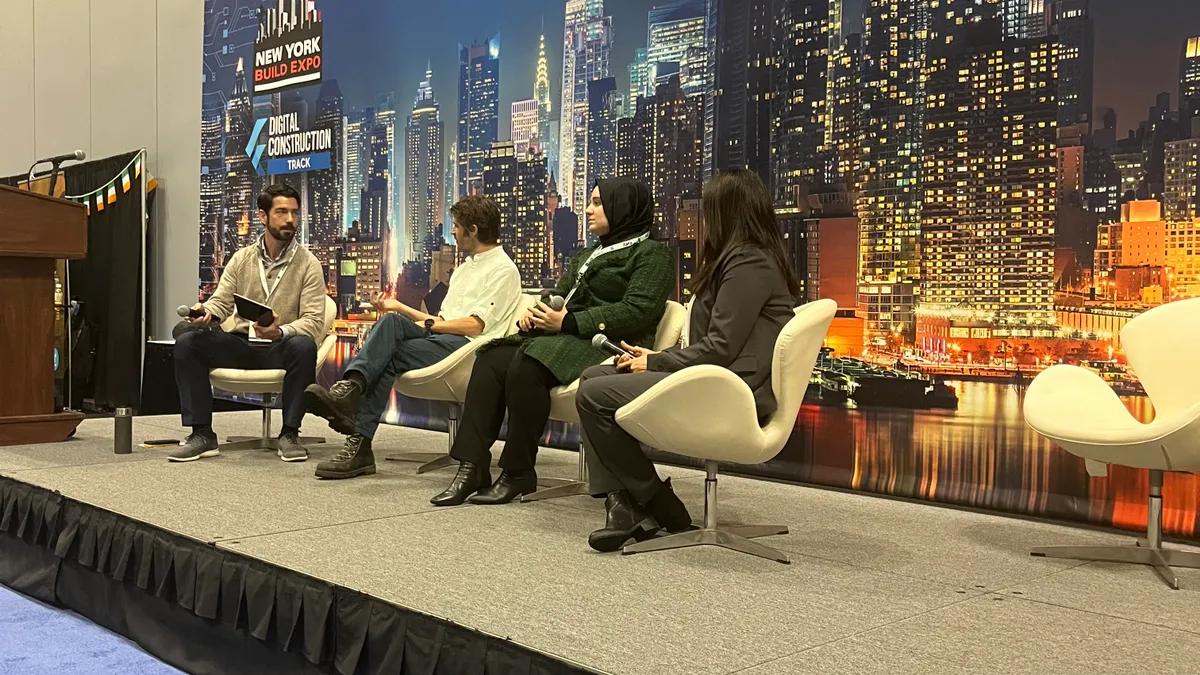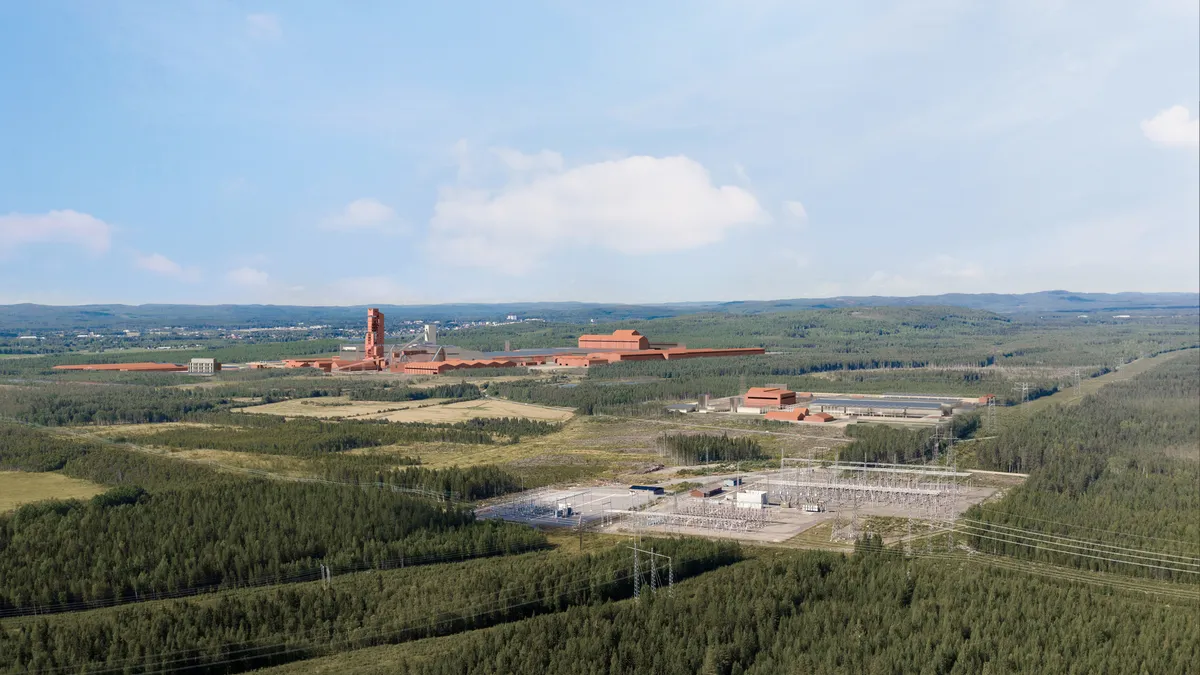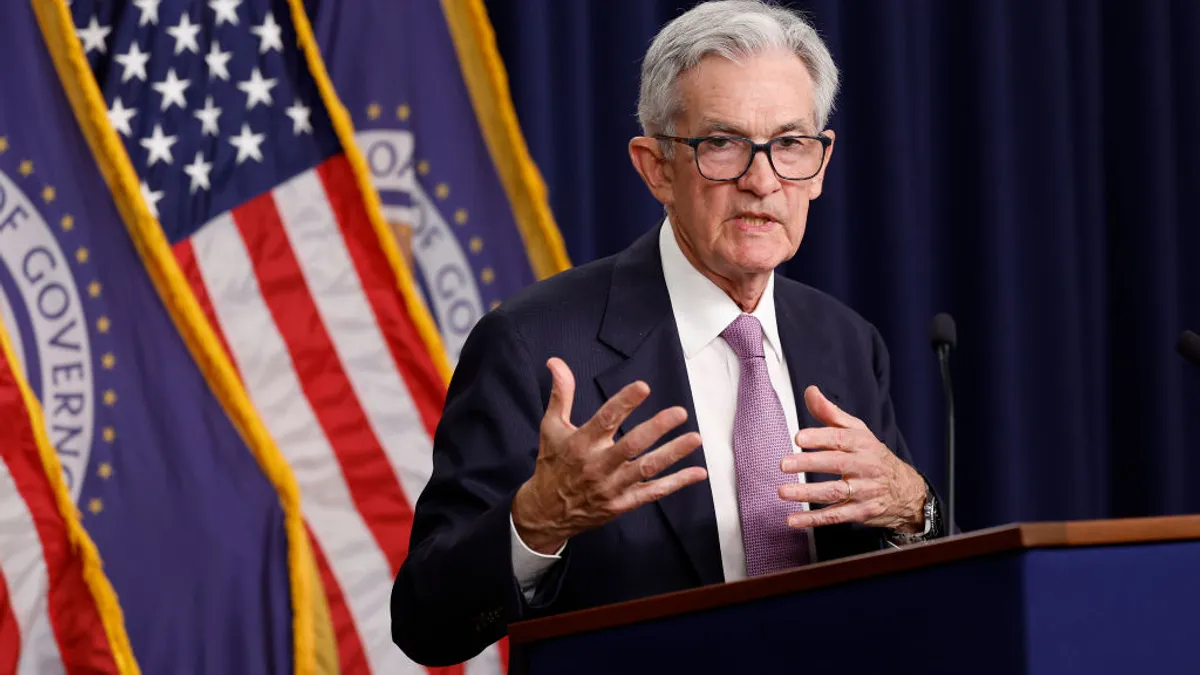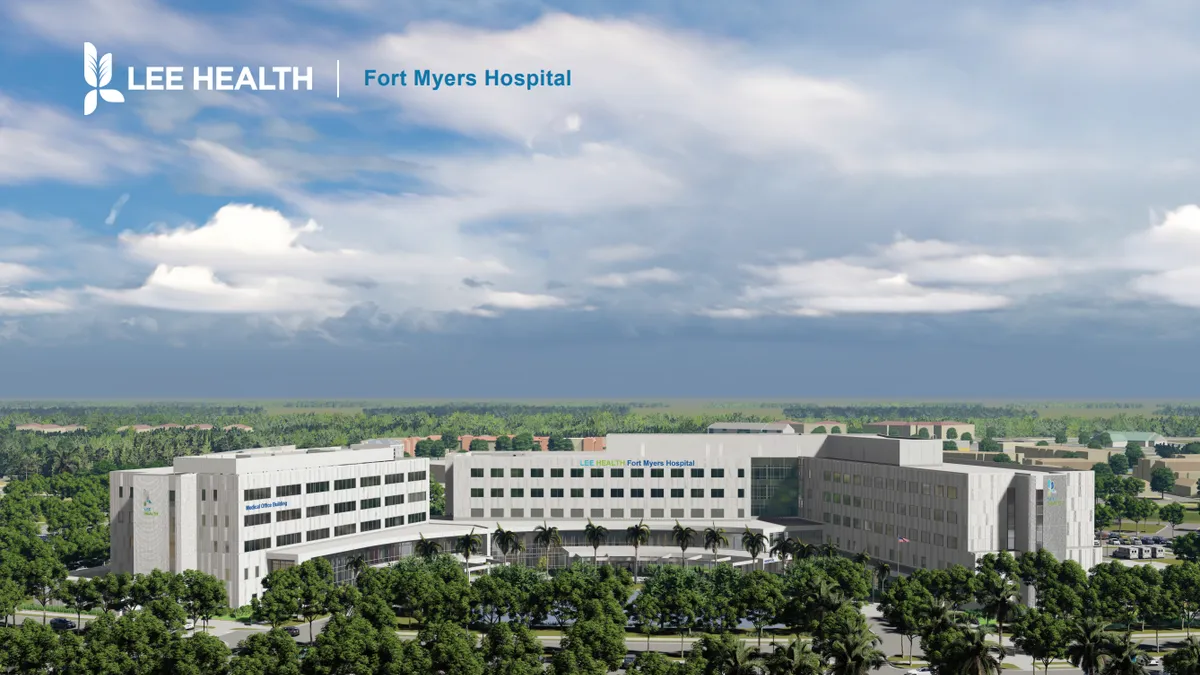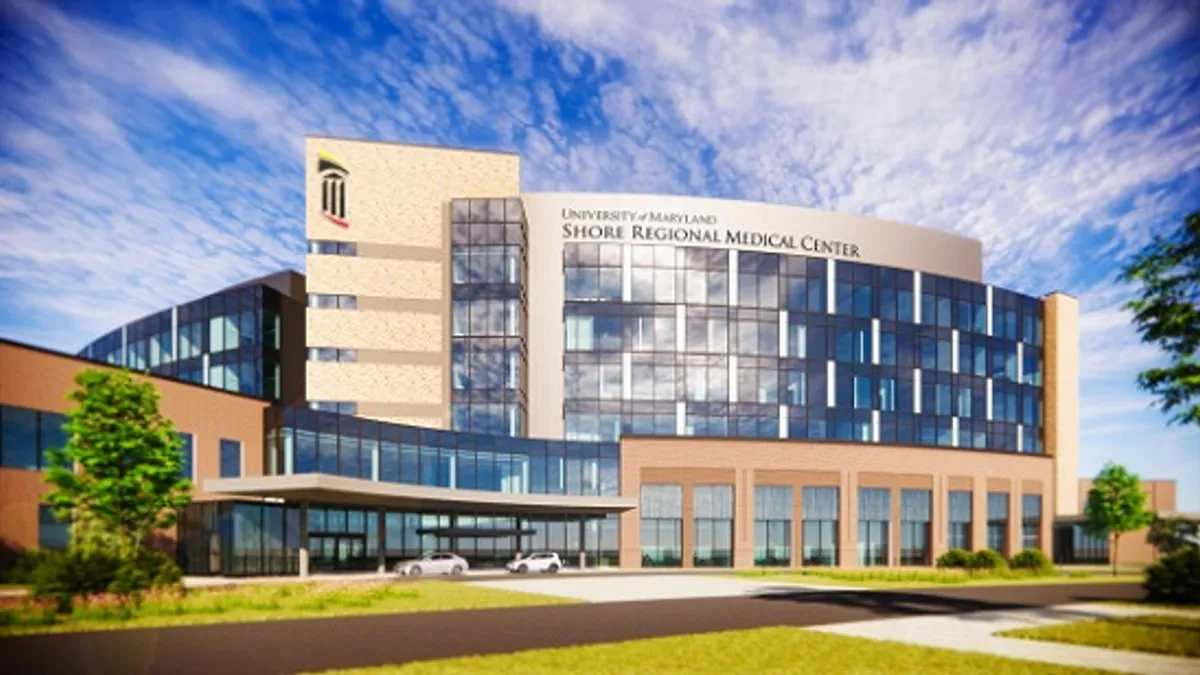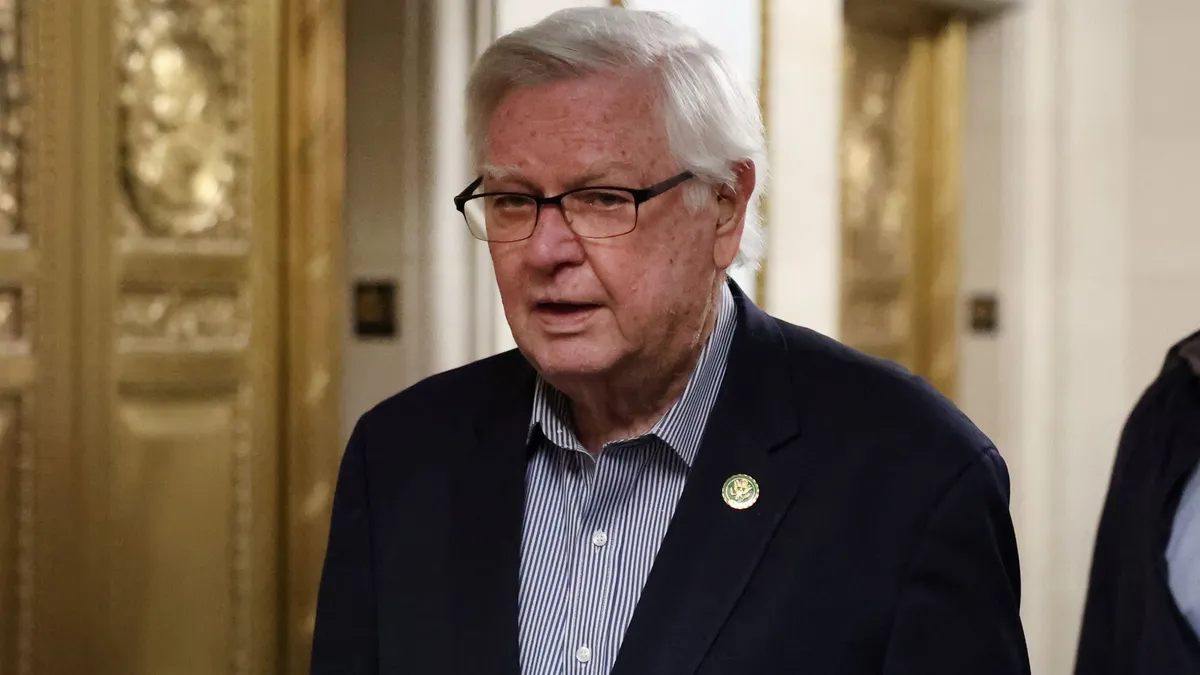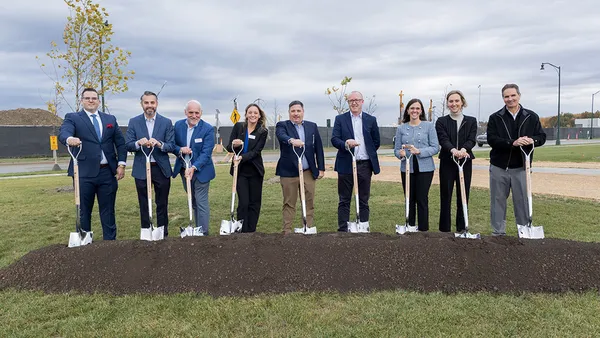Chuck Goodrich is worried about his 2021 cash flow.
As CEO of Indianapolis-based national subcontractor Gaylor Electric, he and his team have made it through the onset of the novel coronavirus pandemic, and have actually seen growth. For the year, he’s expecting to increase his revenues by about $18 million, or 7%, compared to 2019, even though his profit margins have been squeezed by the extra costs associated with COVID-19 mitigation and keeping his 1,200 electricians safe on the job.
But it’s what lies ahead in 2021 that makes him concerned.
"The definition of construction is that cash is king,” Goodrich said. “And right now, cash flow doesn’t look that great in 2021.”
Instead of the growth he’s seen in 2020, his projections are showing a 10% to 15% revenue hit next year.
"That’s a big number,” Goodrich said. “We’re optimistic, but overall we’re seeing a shortage of opportunities in September and October, with November and December usually being slower anyway.”
Goodrich’s focus on 2021 cash flow is an example of how construction firms are extending their outlooks for grappling with COVID-19, nearly six months after the pandemic began. With Labor Day in the rearview mirror, the hopeful projections that the outbreak would be over by the end of summer never materialized. In fact, some major employers have announced they’ll keep offices closed until mid-2021 or beyond, signaling an even lengthier timeline until business as usual returns.
Given this new reality, here’s how construction companies are reassessing the remainder of 2020 and looking ahead to 2021 as they settle in to deal with COVID-19 for the long haul.
Bringing new business in
Peggy Marker, president of Fort Lauderdale, Florida-based Marker Construction, said her long-term focus for COVID-19 is new business development and maintaining relationships with current clients.
“My biggest concern is finding a way to generate and develop relationships from afar,” said Marker, who noted that before the pandemic, she attended two to three in-person networking events a week.
With those events now canceled, building rapport with potenial new clients has become more challenging. “No matter how many phone conversations or Zoom meetings you have, it's hard to seal a deal without actually meeting the person and really getting a sense of who they are,” Marker said.
To get over that hurdle, Marker has started to meet with clients again in person. She and her clients wear masks, and while the topics they discuss may be confidential, they leave office and conference doors open for better ventilation. The fact that many employees are still working from home helps, since fewer are around the office.
“It can be awkward wearing a mask, but we are doing it,” she said, noting that two recent, in-person meetings came at the request of her new clients. Going forward, she’s also talked to customers about meeting in outdoor settings — a plus of doing business in Florida — such as coffee shops. “I think people are getting to the point where they're willing to take a little bit of risk, to have some kind of return to normalcy," she said.
So far, Marker’s new approach is working. She said she’s landed at least three new jobs since COVID-19 began.
"That's been a big relief, because you just don't know what's going to happen right now,” she said.
Entering the "airlock zone"
At Grand Rapids, Michigan-based Rockford Construction, president of construction Shane Napper has designated what he calls “airlock zones” at the firm’s headquarters, where clients can come in for face-to-face meetings, with dedicated exterior entrances. He follows the same protocols as on the jobsite, taking clients’ temperatures before they enter.
“Then, when you come into the room, we’ve taken spaces that normally host 80 people, and we’ll limit it to just 10,” said Napper. Meetings are scheduled at least 30 minutes apart so cleaning crews can disinfect in between, while distributing new office supplies, such as pens and notepads.
“So, you’re 6 feet apart, and you can take your mask off because of the distance, and then we have virtual screens and multiple angles so you get to talk and see each other face to face,” Napper said. “There’s no handshakes, no hugs, but you do at least get that human interaction.”
Engaging multiple suppliers
Other ways contractors are preparing to deal with COVID-19 for a prolonged period is by taking proactive steps to make sure they can keep business going, even if things get worse again.
For example, Joe Natarelli, leader of the national construction industry practice at accounting firm Marcum, said his clients are building resiliency into their supply chains so that they’re not beholden to a single supplier for any one material.
“The days of having one material supplier are gone,” Naterelli said. “We’re seeing clients setting up three separate suppliers, in different geographic locations, where in the past they may have had just one or two. Some are even getting as many as five in place.”
They’re buying hedges on some of those materials, too, to protect themselves from upward price swings, as has been seen with lumber.
Staying disciplined with bids
Natarelli has been advising his contractor clients to not let shrinking backlogs compel them to bid work too low going forward, especially considering the increased costs, and the increased difficulty of finding labor during the COVID-19 pandemic.
“One of the biggest challenges our contractors have is they need work, and they're bidding work, so I'm having conversations with them about labor and efficiency and increasing pricing on these jobs,” Naterelli said. “Now, that’s not easy, especially when everybody's running at the jobs. But best-in-class contractors are really trying to maintain the discipline to make sure that they bid these jobs appropriately.”
Reading the fine print
The pandemic, and its continued duration, has also led contractors to read through contracts with a fine-tooth comb and trigger force majeure clauses where they can.
“The cost of construction is now changing because of all these different precautions,” said Steven Lesser, an attorney and chair of the construction law and litigation practice group at law firm Becker & Poliakoff, who represents owners. “Contractors are making COVID-19 claims as to owners saying, ‘Hey, because of this pandemic, it's a force majeure event and I had to incur additional costs and expense.’”
A sticking point in making those claims, however, is that while owners may extend project timelines, they have been reluctant to cover additional costs or change orders due to COVID-19. That’s caused some contractors to revisit the language in those clauses. “I think that force majeure clauses are going to have to be more broadly written to pick up pandemics and transmission,” Lesser said.
Cutting costs
On the business side, contractors have been tightening their belts and settling in for an extended period of slower business.
Marker, for example, has been reviewing health care benefits and policies, and making sure she has a close eye on expenditures going forward. At Rockford, Napper polled employees about wellness benefits, and was able to cut the cost of gym memberships, which staff weren’t using during the pandemic. And Goodrich, like others, said cutting business travel and leveraging technology, such as Zoom, for daily meetings, has helped to trim costs.
But Goodrich is also communicating with his investors, bankers and customers to make sure they know where he is, so that if he needs to tap their support, he can, especially if cash flow goes negative in early 2021.
“We have a great relationship with our bank, and we haven’t had to use our line of credit very often,” Goodrich says. “But we’ve been communicating with them to let them know what we’re doing, and what our strategic plan is.”
Seeing the silver linings
For as much as the pandemic has forced contractors to pull back on spending, it has also helped them focus in on the fundamentals of their business. Take Marker, who said she’s increased her focus to diversifying into a number of different construction sectors, so she’s not prone to the fallout of hard-hit verticals like hospitality, where her firm has done a lot of business in the past. Now, she’s been able to pivot to car dealerships, condos and multifamily.
“We’re trying to focus on who we’re doing business with, instead of just project type,” Marker said. “We’ve done a lot of hotel work in the past, but fortunately, because we are a relationship-based company, we’ve got these other sectors that do continue to build.”
For Napper and Rockford, the pandemic has redirected the company back to its roots.
“Sometimes, when things are humming along, you get to taking a shotgun approach, and maybe you want to go into this other vertical, or you get excited about looking at other things,” Napper said. “But at the end of the day, we’re builders. And that’s what we’re focused on. This has allowed us to get back to more of a rifle approach.”
Doing more with less
The pandemic has also forced contractors to find ways to be more efficient, even in the face of decreased productivity.
“Contractors are figuring out how to get by with much less, and a leaner workforce,” Lesser said. “Maybe they’re taking on more contract workers as opposed to employees where they have to provide health insurance and everything else. Maybe they're better off taking on less overhead, and then supplementing it if they need.”
It’s also accelerated technology adoption.
“As bad as this situation is, it’s also pushing the industry forward into a better place,” said William Sankey, CEO of New York-based data analytics solutions provider Northspyre, which helps predict and manage the impact of unplanned changes on project costs and construction timelines. “Maybe where it would have taken seven to 10 years to catch up to where the finance industry is in leveraging data, I think that transition will now be underway in the next two to three years.”
Goodrich, who opened a 60,000-square-foot manufacturing plant to prefabricate electrical components for his jobs, has been able to focus in on improving his firm’s efficiency while keeping everyone safe.
As fall 2020 begins just as spring and summer did — in the midst of COVID-19’s many challenges — contractors are doing what they can to ensure they’ll continue doing business over the long haul.
“The silver lining is we will be more productive,” said Goodrich. “We're going to be safer. We're going to communicate better with our people and use technology more wisely.”





